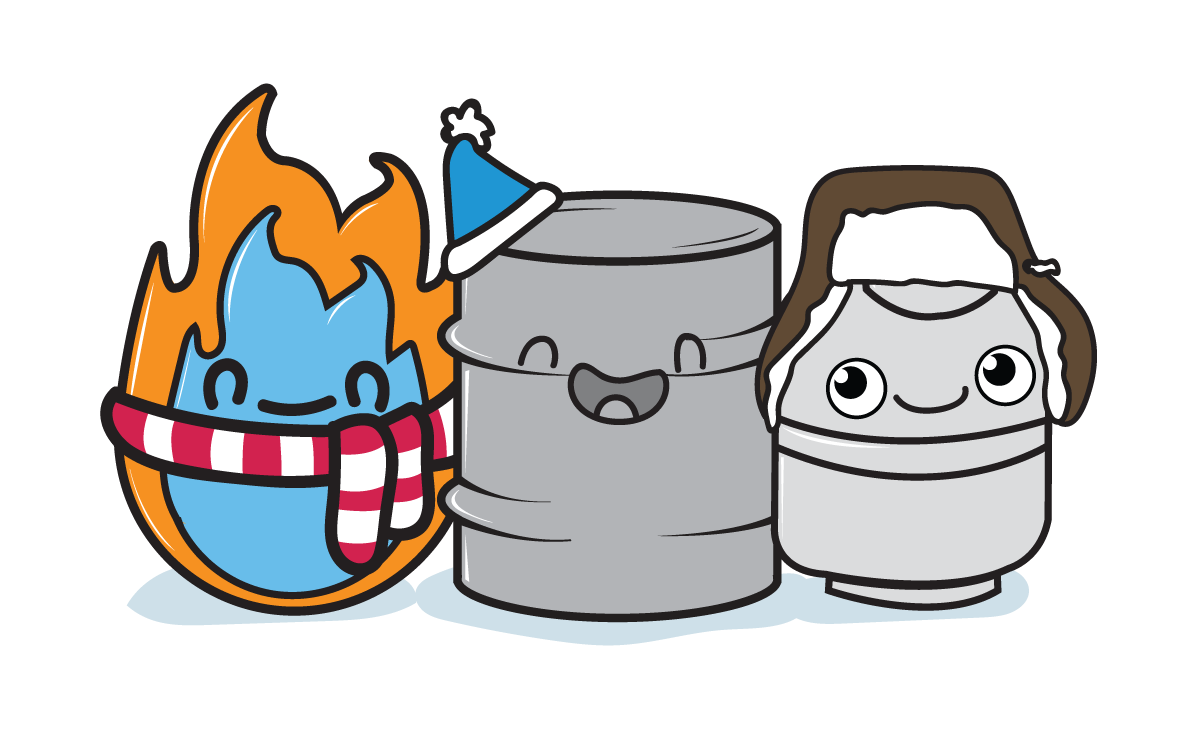A few weeks ago, I saw the movie, New Year’s Eve. While it was cute, charming, and had a breezy plot (just what you would expect), the part that intrigued me the most was about the Times Square New Year’s Eve Ball. I won’t spoil the movie for you, but part of the plot is that half way up the 77 foot climb to the top of the pole, the ball shorts and half the lights in the Ball go out. They have to call in an expert to fix it and he has to go through every light (there are 32,256 Light Emitting Diodes, or LED lights) until he figures out which light had shorted. I won’t tell you what happens, but I will discuss a little bit more about the Ball and it’s journey to energy efficiency.
According to the Times Square Alliance Website, the ball is a geodesic sphere that is 12 feet in diameter and weighs in at 11,875 pounds. Every year at 11:59, it makes it’s descent to the bottom at exactly midnight, signifying the beginning of a New Year (and for many the hope for change and a new beginning).

On to the energy part! From 2000 until 2007, the Ball was illuminated by 168 Philips Halogena Brilliant Crystal light bulbs, 432 Philips Interior Light Bulbs (208 clear, 56 red, 56 blue, 56 green, and 56 yellow), and 96 high-intensity strobe bulbs. The Ball totaled in 696 lights and 90 rotating mirrors controlled by a computer.
In 2009, the Times Square Alliance switched from the Halogena bulbs to LED lights, making the Ball 20% more energy efficient than the previous Ball. LED lights last 3 times longer than Halogena bulbs and are 80% more efficient. There are 2,688 triangles that are bolted to 672 LED modules, which are attached to the frame. These 672 modules each contain 48 LED lights (12 red, 12 blue, 12 green and 12 white). This means that there are 32,256 LED lights on the ball, 8,064 of each color. By mixing the colors, the Ball can produce over 16 million colors and billions of patterns. Philips Lighting provides all of the lighting technology for the Ball and their hard work has increased the Ball’s color capabilities and energy efficiency. The Ball consumes 32,000 watt hours every 30 minutes, which is equivalent to the amount of energy it would take to operate two traditional home ovens for one hour.

Now, we can’t forget the addition of the giant ’20-something’ sign (2009, 2010, 2011, etc.) made of LED lights. Beginning in 2009, Duracell wanted to include New York City residents and visitors by allowing them to pedal stationary bikes to help power this sign. Last year, these bikes collected (actually stored in batteries) over 95 hours of energy, or about 35% of the total energy needed to light up the sign.

Philips Lighting Company’s Director of Corporate Communications, Susan Blooms, stated that they “are proud to be driving innovative and energy-efficient solutions for the world’s broad range of lighting applications…Now bigger in size and incorporating even more powerful and energy-efficient Philips Luxeon LEDs than [previous] years.”
For more information on the Times Square New Year’s Eve Ball, visit these sites.
http://inhabitat.com/leds-light-up-new-years-eve-2010-in-times-square-nyc/
http://www.reuters.com/article/2008/12/17/newyear-ball-idUSN1735557020081217
http://www.timessquarenyc.org/events/new-years-eve/about-the-new-years-eve-ball/index.aspx
To close this, I would like to leave you with my favorite quote from New Year’s Eve. In the movie when the ball was suspended half way up that pole, Hilary Swank, who played the Vice-President of the Times Square Alliance, spoke about the difficulty in getting the ball to work.
“It’s suspended there to remind us before we pop the champagne and celebrate the new year, to stop and reflect on the year that has gone by. To remember both our triumphs and our missteps, our promises made and broken. The times we opened ourselves up to great adventures or closed ourselves down for fear of getting hurt because that is what New Year’s is all about- getting another chance. A chance to forgive, to do better, to do more, to give more, to love more. And stop worrying about what if and start embracing what would be. So when that ball drops at midnight and it will drop, let’s remember to be nice to each other, kind to each other. And not just tonight, but all year long.”
So, from all of us at NEED, we wish our teachers, partners, students, parents, and friends a Happy New Year and best wishes for great success in energy education in 2012.
